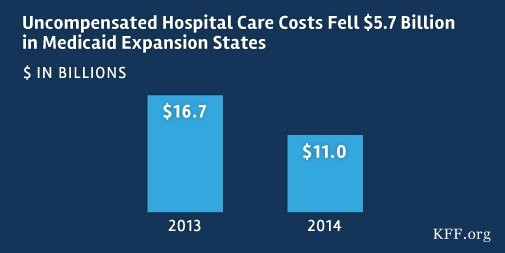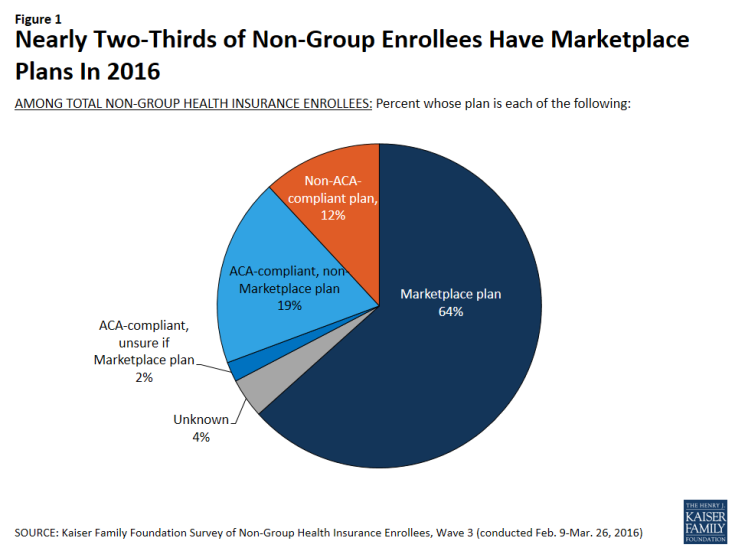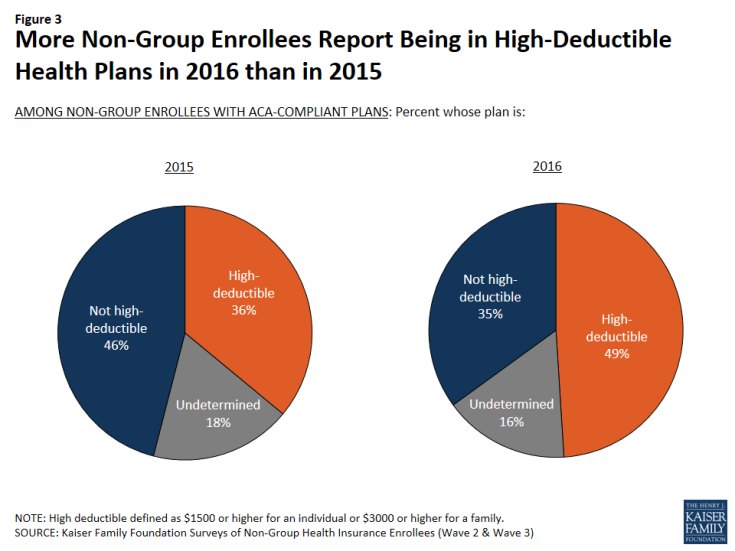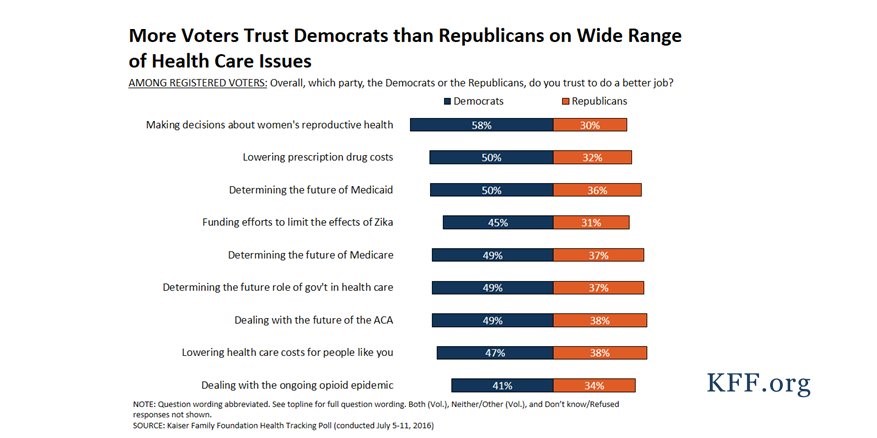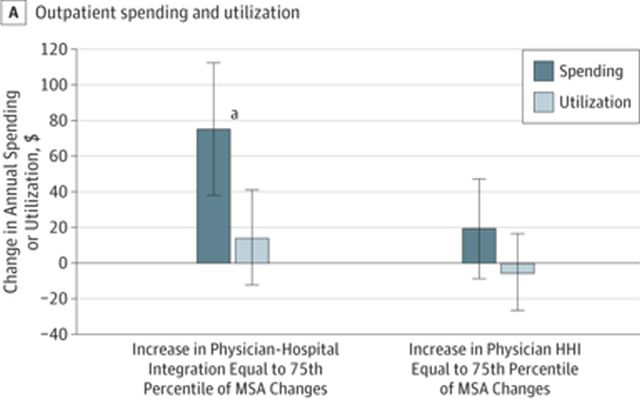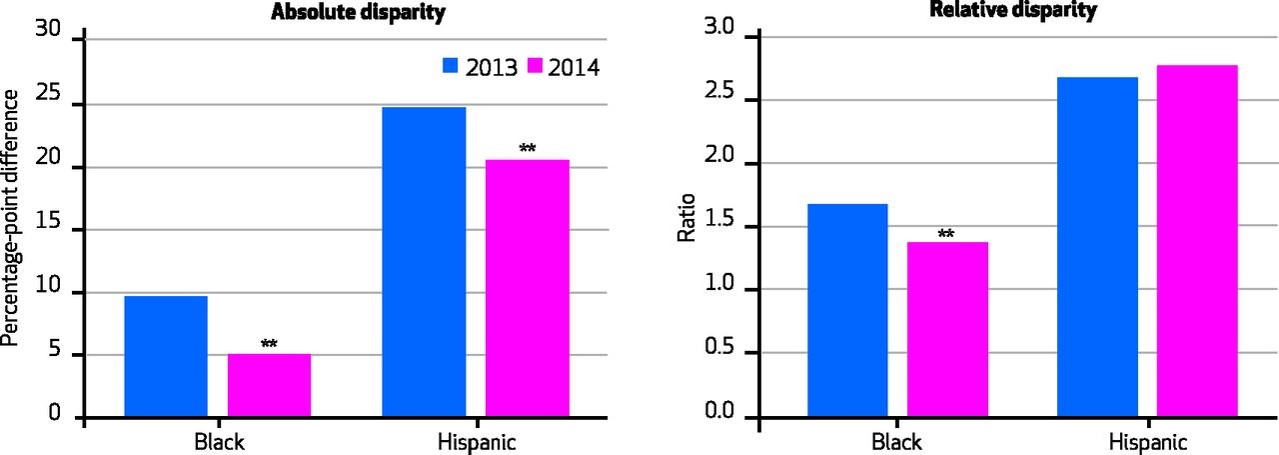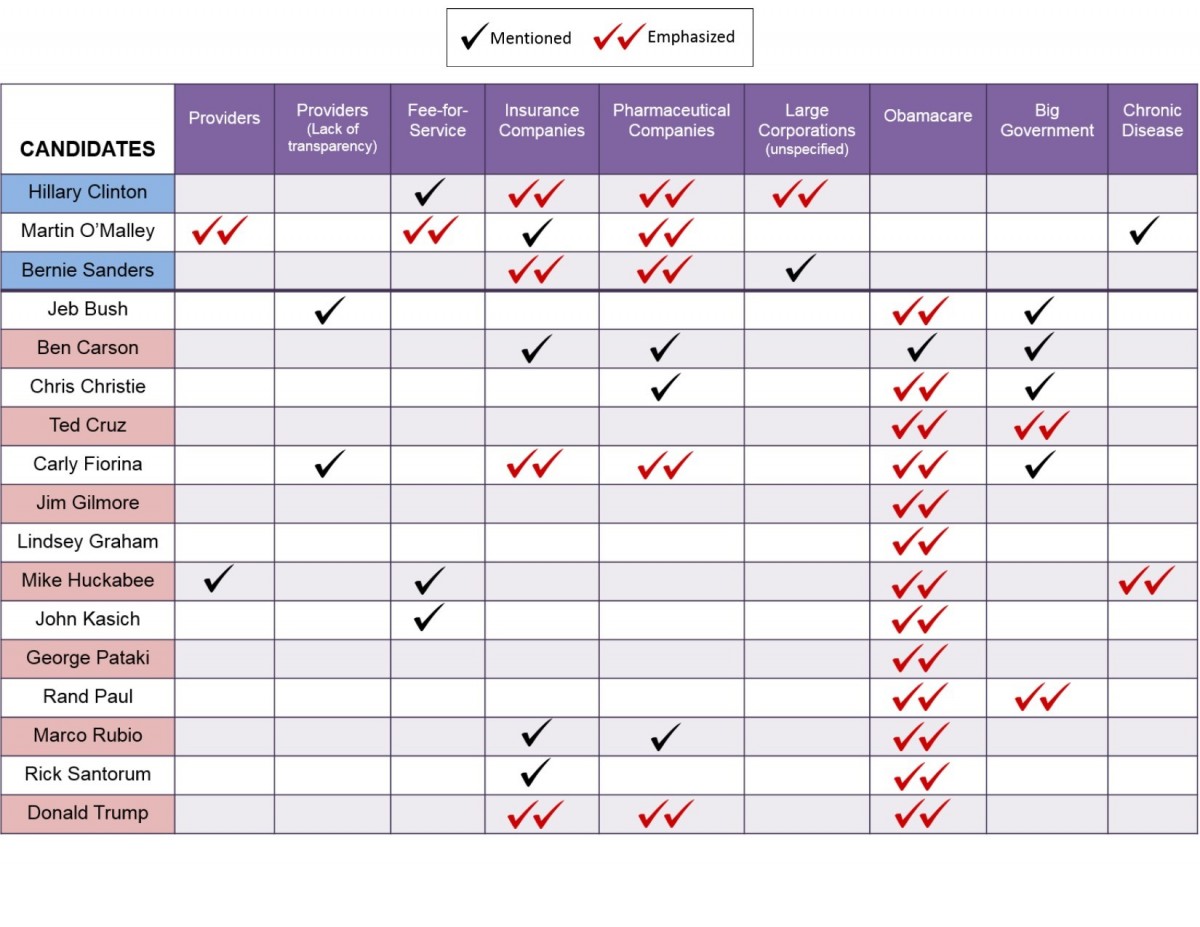
According to many conservative pundits, Obamacare is a job killer. Five days before Obama signed the law, in fact, speaker John Boehner declared that the president was pushing “his job killing government takeover of healthcare that will hurt small businesses.” Years after the law was passed, critics continued trumpeting this theme, Ted Cruz calling Obamacare “the biggest job-killer in this country,” and even claiming that “millions of Americans have lost their jobs” because of the law.
Are the critics right? Liberals point to steady national job growth since passage of the law as evidence that Obamacare has not killed jobs. Conservatives point out that, for all we know, job growth would have been even higher had Obamacare not become the law of the land. Both sides are caught in a rhetorical standoff, seemingly with no way to confirm or refute either side’s argument.
Fortunately, social science gives us ways to move beyond data-deficient arguments to something more substantial. In the case of Obamacare, a strange twist in the law has given social scientists an opportunity to study a natural experiment. That experiment relates to the expansion of Medicaid that was written into the law, an expansion that was supposed to be mandatory for all states. Medicaid is a program jointly run by the government and individual states to provide healthcare coverage to low income people. After Obamacare was passed into law, the Supreme Court ruled that this Medicaid expansion cannot be mandatory, and gave states the option of deciding whether or not to expand their programs. This variation in expansion is what allows policy analysts to study this natural experiment.
Here’s the basic idea: If Medicaid expansion kills jobs, then all else equal, states that expanded Medicaid should have worse job growth than those that did not. For instance, Medicaid could reduce people’s incentives to work, because they no longer need jobs to pay for healthcare coverage. Or it could kill jobs by increasing federal and state taxes, thus leaving Americans with less money to invest in the economy. To test out the effect of Medicaid expansion on employment rates, Angshuman Gooptu and colleagues compared employment rates before and after the Obamacare Medicaid expansions went into effect, and compared these before and after differences in states that did and did not expand Medicaid eligibility. This is what is known as a difference in difference analysis or, as the cool kids call it: “diff in diff.” In studying employment, the researchers focused on low income workers, the ones most likely to be affected by Medicaid expansion.
(To read the rest of this article, please visit Forbes.)

